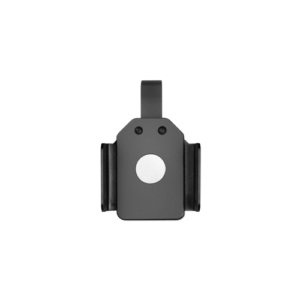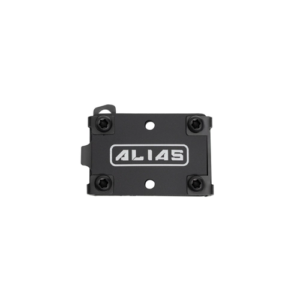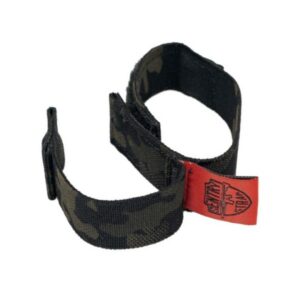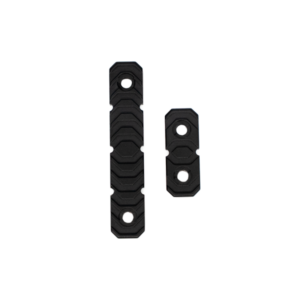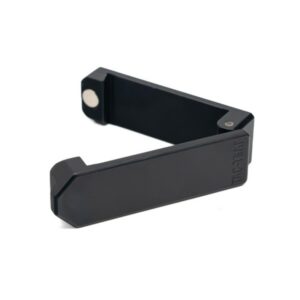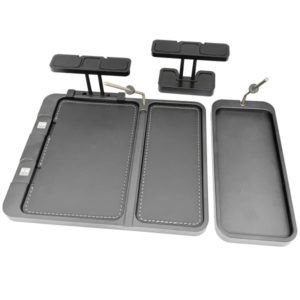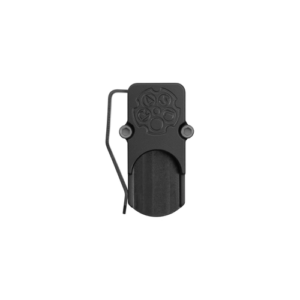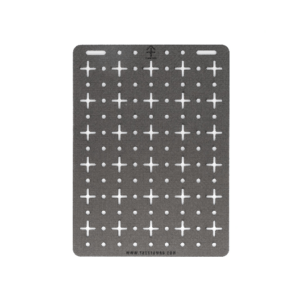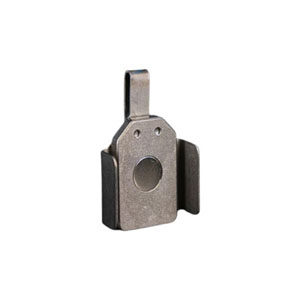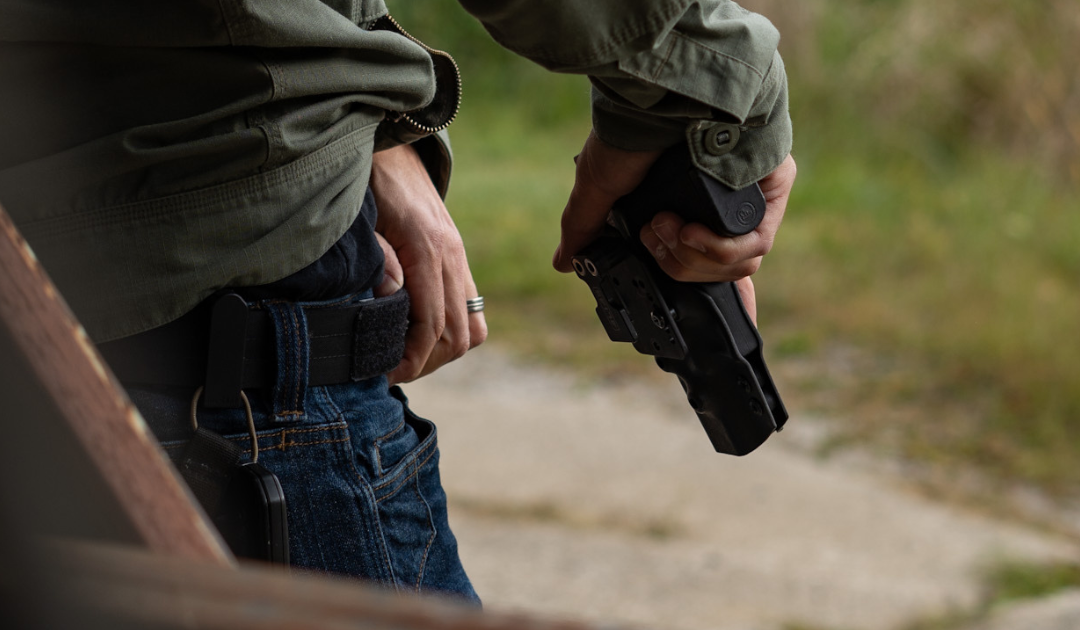Carrying a concealed firearm comes with serious responsibility. And simply owning a gun or spending time at the range isn’t enough. You need EDC (Everyday Carry) training to make sure you’re prepared, not just armed.
What is EDC training?
EDC training focuses on real-world defensive skills, teaching gun owners how to handle, draw, and use their firearms in daily life.
Unlike general firearm training (which often covers marksmanship and range safety), EDC training prepares you for high-pressure situations where split-second decisions matter.
A key part of this is EDC pistol training, which includes practicing draws from concealment, engaging targets, and moving while staying aware of your surroundings. This is all about developing the instincts and muscle memory needed to respond under stress.
CCW (Concealed Carry Weapon) training plays a major role in EDC preparedness. While a CCW training course teaches you the legal side of carrying a firearm (like where you can legally carry and when you can use force), EDC training builds on that foundation so you have the tactical skills to back it up.
Imagine drawing your firearm only to fumble the grip, or worse, firing inaccurately in a crowded space. EDC training prevents these mistakes by making your responses automatic and controlled.
Carrying a firearm without proper training gives a false sense of security. EDC training makes sure you’re prepared.
If you’re new to EDC, check out A Beginner’s Guide to Everyday Carry for Self-Defense and How I Juggle My EDC Items.
Core Components of EDC Training
Whether drawing from concealment, reloading efficiently, or making split-second decisions, mastering these core EDC components is vital for responsible concealed carry.
Pistol Training
At the heart of EDC training is proficiency with your handgun. Carrying concealed means you may only have seconds to react in a situation. That’s why muscle memory and accuracy are non-negotiable.
Key techniques include:
- Consistent draw: Making sure you can access your firearm quickly and reliably.
- Grip & control: Maintaining a solid grip for recoil management and follow-up shots.
- Target transitions: Training to engage multiple threats with precision.
- Shooting under stress: Practicing under pressure to develop automatic, effective responses.
Situational Awareness
A firearm alone doesn’t make you safer. Situational awareness and tactical decision-making do. EDC training prepares you to handle threats by recognizing danger early and responding accordingly.
- Reading body language: Identifying pre-attack indicators before a situation escalates.
- Environmental scanning: Always knowing exit routes and potential threats.
- De-escalation skills: Understanding when avoidance is the best option.
Defensive Shooting Strategies
Real-world encounters are unpredictable, which is why defensive shooting is different from static target practice. You’ll learn:
- Moving while drawing: Creating distance while accessing your firearm.
- Using cover & concealment: Maximizing protection in urban or indoor settings.
- One-handed shooting: Preparing for situations where your support hand is occupied or injured.
Reloading and Holster Work
Whether you’re topping off your magazine or drawing from concealment, these skills must be quick and seamless.
- Emergency reloads: Swapping an empty mag under pressure. Read 3 EDC Drills to Master Reloads for more information.
- Clearing your clothing: Verifying your draw isn’t obstructed, even when your shirt is tucked in.
- Indexing and grip: Establishing a secure grip before presenting the firearm.
- Re-holstering safely: Avoiding negligent discharges or fumbling under stress.
When you train with purpose, you’re not just preparing to survive. You’re proving that you’re ready to act decisively and responsibly if the worst happens.
How to Get Started with EDC Training
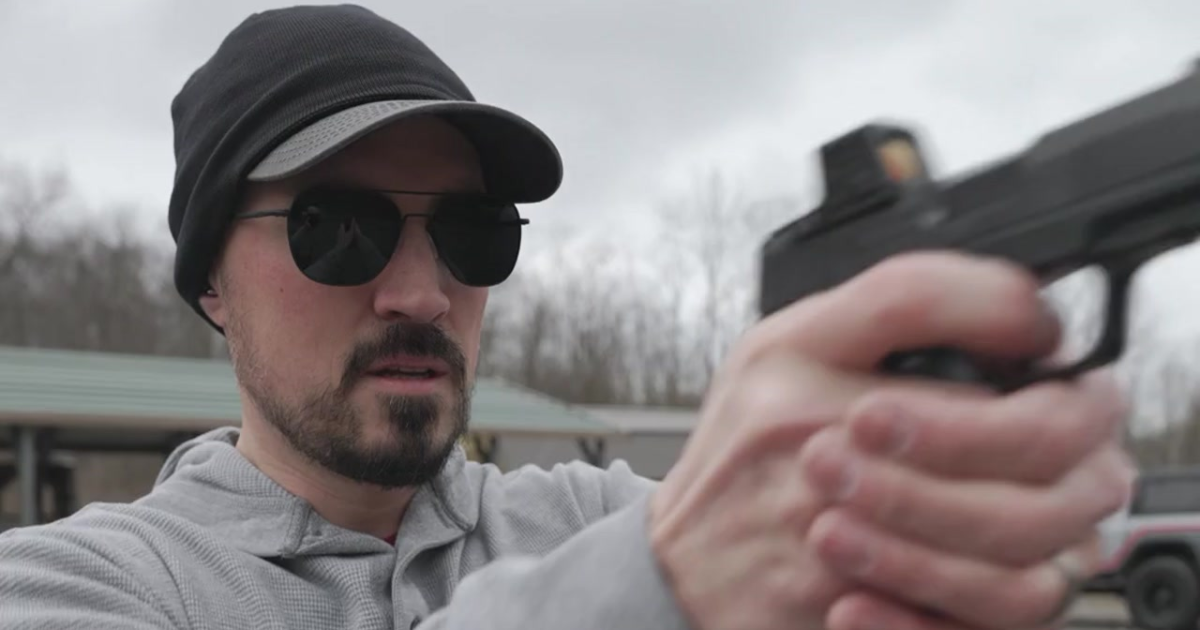
Getting started with EDC training can feel overwhelming, but the key is finding the right instruction, practicing consistently, and using the right gear.
Find a Training Course
Not all firearm training is created equal. A standard CCW course covers legal requirements and basic firearm handling, but you need EDC-specific training for real-world readiness.
Here’s what to look for in a course:
- Hands-on instruction: Look for courses that include live-fire drills and stress-based training.
- Defensive shooting focus: Avoid courses that only cover marksmanship. You need training that prepares you for real threats.
- Legal education: The course covers CCW laws, self-defense scenarios, and use-of-force decision-making.
Practice and Drills
Even the best training course won’t help if you don’t practice regularly. The goal is to train until your movements are automatic so you don’t second-guess yourself in a crisis.
Consistent training helps:
- Builds muscle memory: Repetition makes drawing, aiming, and reloading second nature.
- Develop speed and accuracy: The more you train, the faster and more precise you become.
- Improve decision-making: Drills help you react without hesitation when seconds matter.
Invest in the Right EDC Gear
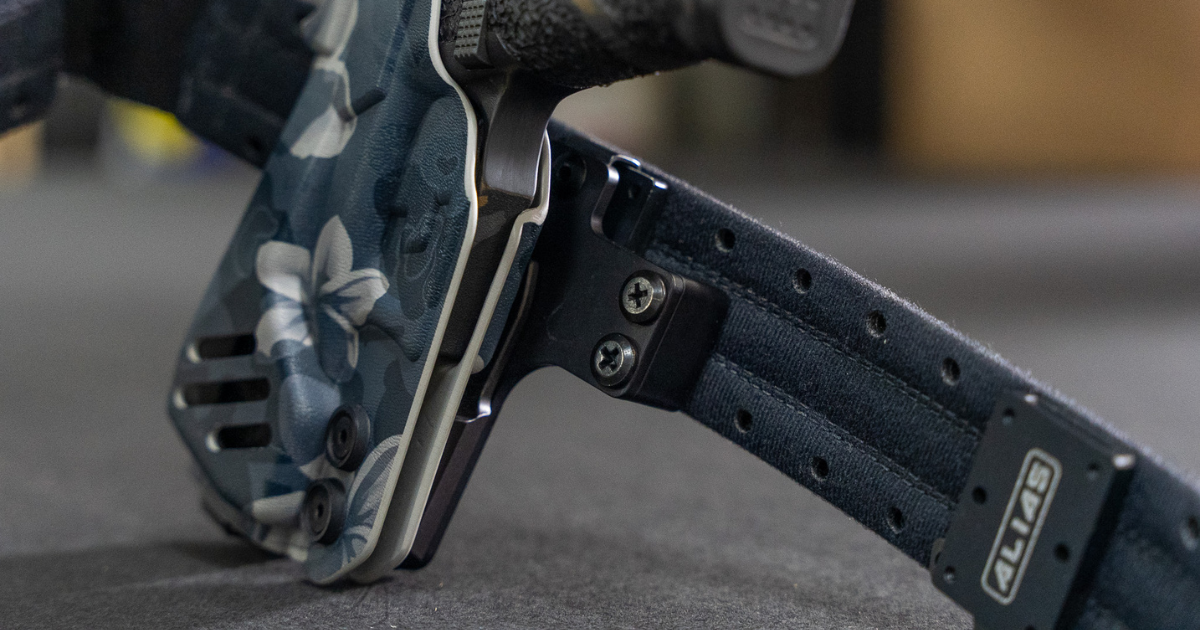
EDC training isn’t just about skill. It’s also about having reliable, high-performance gear that supports your training and everyday carry setup.
Must have EDC gear includes:
- Holster: A comfortable, secure holster that allows for quick, smooth draws and safe re-holstering.
- EDC belt: A sturdy, purpose-built belt is vital for keeping your firearm secure and stable throughout the day.
- Reload accessories: Tools like the NeoMag make carrying and accessing spare magazines easy, allowing faster reloads. Read Quick Reload Techniques Using the NeoMag and NeoMag 101 to learn more.
Customize Your EDC with the Alias System
For those looking to fine-tune their setup, the Alias System offers a modular solution for carrying gear more effectively.
Unlike traditional setups, the Alias System allows you to customize holster placement, making it easy to transition between inside-the-waistband to outside-the-waistband to off-body storage with the Alias Holster Clips and Receivers.
Read our following guides to learn more about the Alias System:
- A Guide to Alias Holster Clips
- Complete Guide to Alias Receivers
- All About Alias OWB Adapters
- Optimize Your EDC with the Alias Belt System
Be Ready, Not Just Armed
So take the next step and sign up for an EDC course to start your training. Because for self-defense, being prepared isn’t an option. It’s a responsibility.
Without these core skills, carrying a firearm is a liability, not a safeguard.


